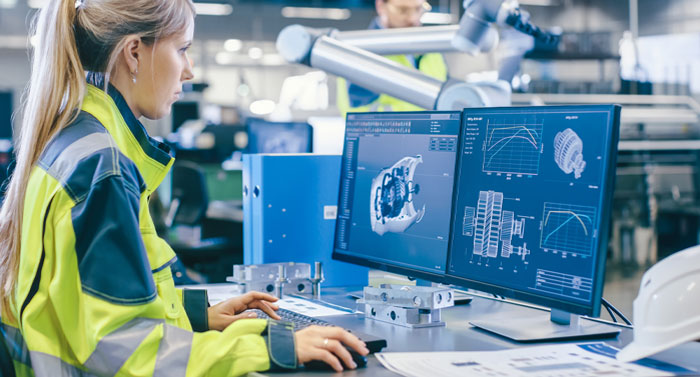// Over YEARSINBUSINESS Years of Experience
Managed IT Services
Eliminate Your Company’s Technology-Based Headaches.
Eliminate Your Company’s Technology-Based Headaches.
We partner with many types of businesses in the area, and strive to eliminate IT issues before they cause expensive downtime, so you can continue to drive your business forward. Our dedicated staff loves seeing our clients succeed. Your success is our success, and as you grow, we grow.
Our experience has allowed us to build and develop the infrastructure needed to keep our prices affordable and our clients up and running.
A flat-rate service that delivers enterprise-level IT support and solutions that are tailor-made.
A solution that backs up and restores data to protect your business from a disaster.
Security updates for all of your workstations, which saves you time and boosts profitability.
We have the knowledge and the expertise necessary to make your technology work best for you.
Solutions that set up, manage, and support your organization’s computing infrastructure.
Designed to help your organization eliminate spam before it ever hits your inbox.
Solutions that set up, manage, and support your organization’s computing infrastructure.
Designed to help your organization eliminate spam before it ever hits your inbox.
Stop paying outrageously high hourly rates that can sneak their way into your bill. Get proactive with Nexela, giving everyone in your company the support they need, when they need it, without the huge costs. IT Support doesn’t need to be expensive or frustrating. Talk to a Nexela expert today!






We have four international locations, 77 employees—40 of whom are virtual—five servers, and everyone has their own hardware. Nexela came in and organized everyone and deployed their managed IT solution to serve our company. Their 15-minute response time to tickets is exactly what we want in our IT department, and… Read more “Managed Services have never been easier with the help of Nexela.”
We have four international locations, 77 employees—40 of whom are virtual—five servers, and everyone has their own hardware. Nexela came in and organized everyone and deployed their managed IT solution to serve our company. Their 15-minute response time to tickets is exactly what we want in our IT department, and… Read more “Managed Services have never been easier with the help of Nexela.”
